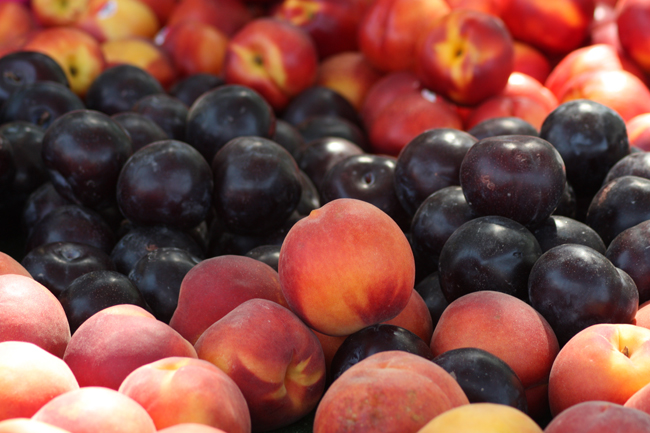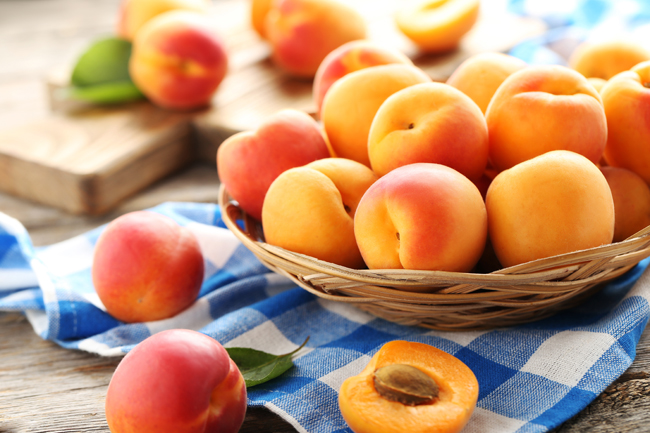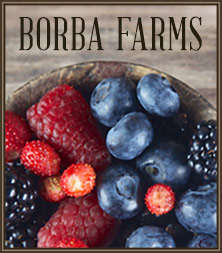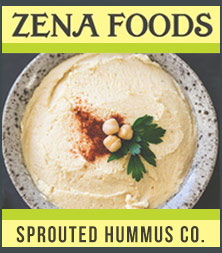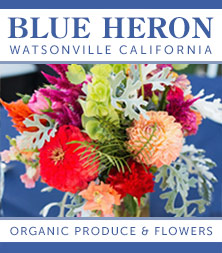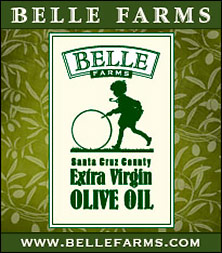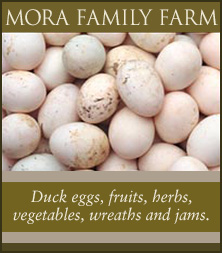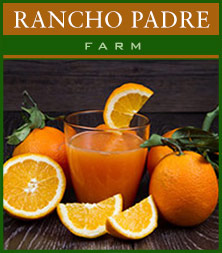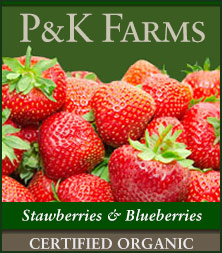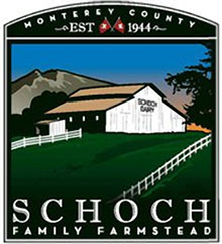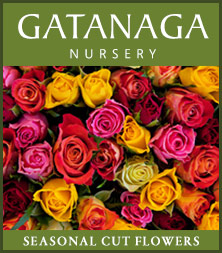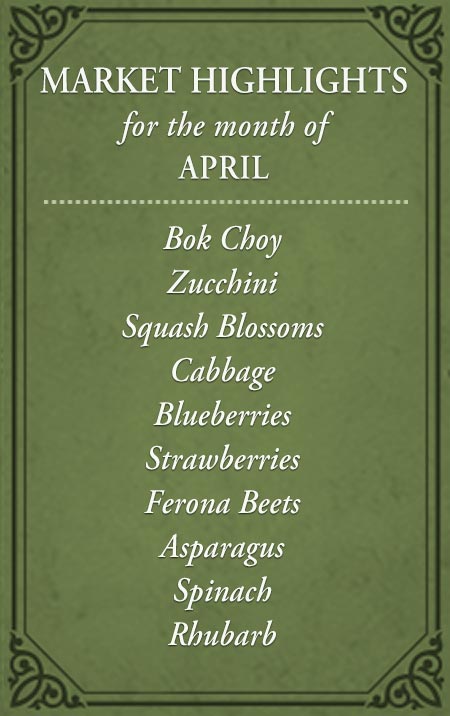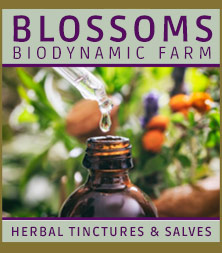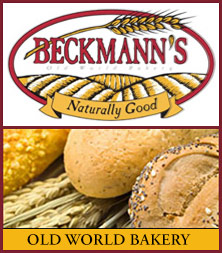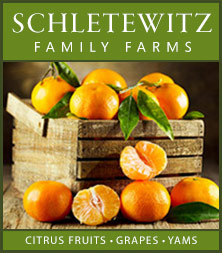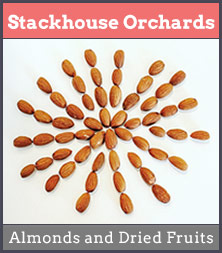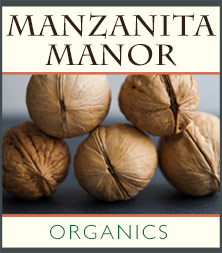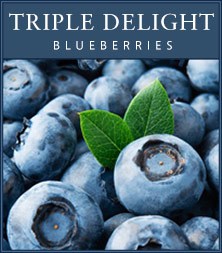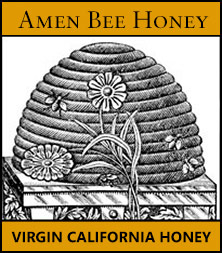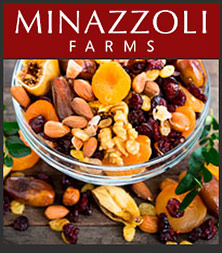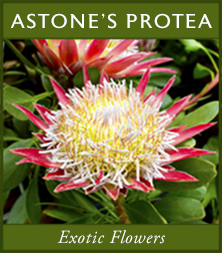Stone fruit season has finally arrived! The market booths are filled with sweet, juicy peaches, plums, nectarines, apricots, pluots, and apriums. Did you know California grows about 90 percent of the nectarines and plums produced in the US and approximately 70 percent of all the peaches?
A Bounty of Varieties
With over 200 varieties of peaches, 200 varieties of plums, and about 175 varieties of nectarines, it’s easy to get confused about the flavor and color characteristics. Here’s a quick reference for stone fruits:
Peaches and Nectarines
Peaches and nectarines come in many varieties, categorized into yellow or white flesh.
- Yellow Peaches and Nectarines: These are ready to eat when they yield to gentle palm pressure and offer a balance of sweet and tart flavors.
- White Peaches and Nectarines: Naturally sweeter, these can be enjoyed even when still firm and crunchy.
Plums
Plums typically have tart skin and sweet flesh. As they ripen and soften, the skin becomes less tart and the flesh sweeter. Plum flavor can’t be judged by color; whether red, black, purple, yellow, or green, each plum has a unique taste. California primarily grows Japanese plums, which are round with dark purple color, and European plums, which have a more elongated shape and mottled skin with purple or green hues.
Pluots
Introduced in 1989, pluots are a hybrid fruit that is part plum and part apricot. There are about 20 varieties, varying in size, skin color, and flesh color. Pluot flesh ranges from white to red. The smooth skin can be solid, striped, or speckled, with colors from yellow-green to black. Pluots have delightful names like Black Kat, Dapple Dandy, Last Chance, and Flavor Grenade. Some people call them Dinosaur Eggs.
Apriums
Apriums, another plum-apricot hybrid, have a higher apricot heritage. Like apricots, apriums have slightly soft, fuzzy skin. Known for their sweetness and flavor, apriums and pluots have a higher sugar content than plums or apricots alone.
Clingstone, Freestone, and Semi-Freestone
Stone fruits can be clingstone, freestone, or semi-freestone:
- Clingstone: Flesh holds fast to the pit.
- Freestone: Flesh easily slips away from the pit.
- Semi-Freestone: Flesh separates easily from the pit when fully ripened.
Early-season peaches and nectarines are typically clingstone, transitioning to freestone in peak season. Late-season peaches are generally freestone, while late-season nectarines return to clingstone. Most plum varieties are clingstone.
Stone Fruit Tips
Buying: Choose stone fruit that is fragrant and yields gently to palm pressure.
Ripening: Allow stone fruit to ripen at room temperature. At peak ripeness, store in the refrigerator to preserve flavor.
Refrigeration: Never refrigerate unripe fruit, as this inhibits the ripening process and can cause dryness, mealiness, and a lack of flavor.
Serving: For the fullest flavor, remove stone fruit from the refrigerator one hour before eating and consume at room temperature.
Enjoy the bounty of California stone fruits this season!


